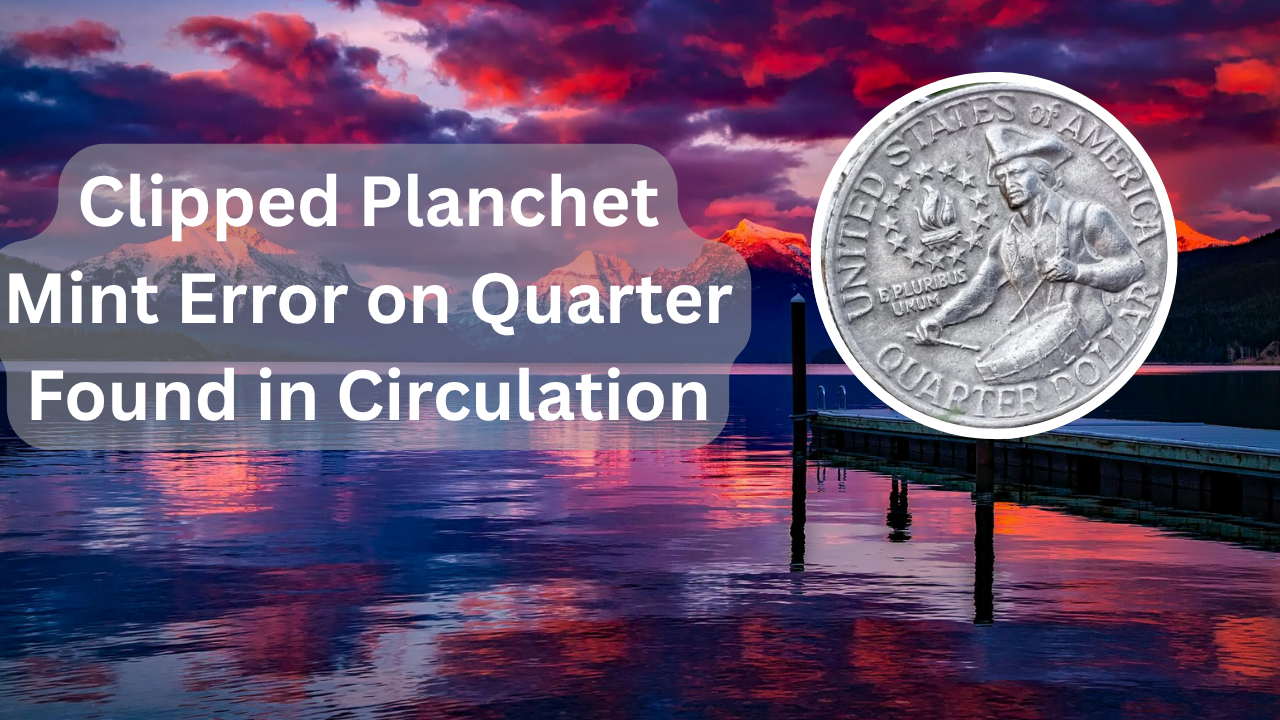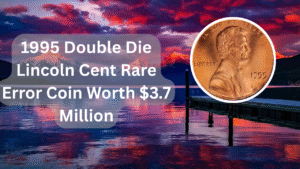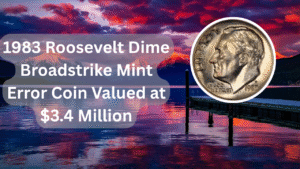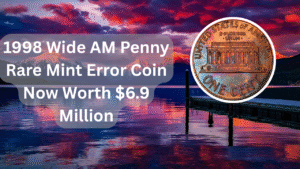Most people would overlook a misshapen quarter, assuming it’s just damaged or worn down. But some of these “flawed” coins are actually valuable mint errors, and collectors are paying hundreds—or even thousands—for them. One of the most fascinating and sought-after among these is the clipped planchet error. This rare mistake happens during the minting process, and the result is a coin with a visibly curved or missing portion along the edge. Recently, a collector struck gold after spotting one of these error quarters in ordinary circulation, proving that valuable coins are still out there, hiding in plain sight.
The Clipped Planchet Mint Error Quarter
A clipped planchet occurs when a blank coin disc (called a planchet) is improperly punched from the metal sheet during production. If the punch overlaps the edge or a previously punched hole, it creates a coin that’s missing a piece—usually crescent-shaped or irregular. Though the mistake is small, the value is anything but. Clipped planchet errors on quarters are fairly rare, especially when the rest of the coin is well-struck and identifiable. In circulated condition, such a quarter can be worth $50 to $200, but pristine examples or those from popular dates can command much higher prices.
Notable Clipped Planchet Quarters
While clipped planchets can occur on any coin, certain examples have become especially well-known among collectors. One such piece is the 2000-P New Hampshire State Quarter with a major curved clip that still retained strong details in Washington’s portrait and the state design. Another standout is a 1976 Bicentennial Quarter with a clean, curved clip that makes the dual-dated “1776-1976” even more eye-catching. A third example includes a 1999-P Delaware State Quarter with an elliptical clip near the bottom edge—proof that errors can happen even in modern issues.
A Mint Error That Pays Off
Clipped planchet quarters are a reminder that perfection isn’t always valuable—sometimes it’s the flaws that pay. These fascinating mint errors tell a story of how even the U.S. Mint can make mistakes, and that those mistakes can end up in your pocket change. If you ever come across a quarter with a strange curve or missing chunk along the edge, don’t toss it aside—it could be a genuine mint error worth hundreds of dollars. Grab a magnifying glass and check your change. You might just stumble upon a collector’s item without even realizing it.
FAQ’s:
1. How can I tell if a clipped planchet is real or damaged?
A real clipped planchet will usually show signs of being struck after the clip occurred, with design elements properly aligned near the missing area. Damage typically looks uneven or crushed.
2. Are clipped planchets more valuable on certain coins?
Yes. Errors on popular series like State Quarters, Bicentennial Quarters, or rare dates are generally more sought after and valuable.
3. How rare are clipped planchet quarters?
They’re uncommon, especially ones in good condition or with large, clearly visible clips. While not as rare as some other mint errors, they’re still prized among collectors.
4. Should I get my clipped quarter graded?
If you believe your coin is genuine and in good shape, sending it to a grading service like PCGS or NGC can boost its credibility and resale value.
5. Where can I sell a clipped planchet error coin?
You can sell through coin shows, eBay, online collector forums, or by contacting professional coin dealers who specialize in error coins.





